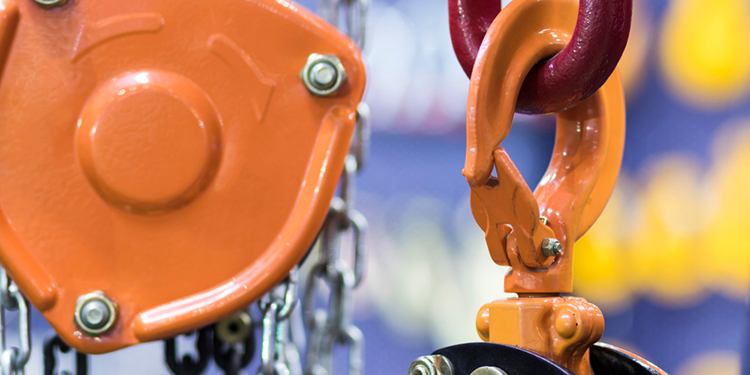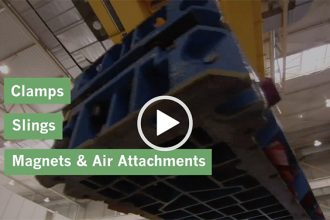4 Signs That A Hoist Needs To Be Replaced

Hoists are the component that makes it possible for overhead cranes, monorails, or workstation cranes to lift freely suspended, heavy or bulky loads, and are a critical part of overhead handling equipment. Their proper operation is essential to ensure the safety and efficiency of an operation. Whether powered manually, by air or by electricity, all hoists should be routinely inspected at a variety of intervals, including prior to use at the start of a shift, frequently (monthly for normal use; weekly for heavy use; and daily for severe use), or periodically (yearly for normal service; semi-annually for heavy service; or quarterly for severe service application). Sometimes an inspection will reveal damage that can be repaired. In this case, the hoist should be removed from service and not used until the repair is completed. However — if repair is not sufficient — the hoist will need to be exchanged with a new one. To help hoist owners make that determination, here are four key signs that a hoist should be replaced:
- Repeated failures. If a hoist perpetually fails to function as expected — such as responds slowly or inconsistently to manual operation, or to wired or remote controls — or requires multiple replacements of the same part(s) at frequent intervals, its improper operation is likely causing both costly unplanned downtime and increasing the potential for an accident. It should therefore be replaced.
- Unavailable replacement parts. Some hoists are so well maintained and have performed so well for a long period of operation, that they outlive their manufacturer’s ability to support them and replacement parts are no longer available. Alternately, a hoist brand may have been acquired by another supplier who no longer supports that model. Or the brand may simply have been discontinued. When service parts can no longer be reliably sourced, causing extended periods of downtime, the hoist should be replaced.
- Excessive repair costs. When a problem is identified, but the cost of the repair (parts, service, or a combination of both) exceeds 50% to 60% (or more) of the cost of a replacement hoist, an operation should give serious consideration to replacing the hoist and investing in a new one. A newer model will be supported by the manufacturer, have replacement parts more readily available, and will likely be backed by a warranty for a period of time, allowing it to deliver better value than the broken hoist.
- Inspector recommendation. In addition to the pre-shift inspections performed by the operator, more in-depth frequent or periodic inspections shall be conducted by in-house maintenance technicians, manufacturers’ service representatives, or an independent hoist inspection professional. These hoist evaluations may reveal a problem not visible to an operator. Excessive component wear, cracks, distortion, warping, or other internal damage — or any other part that displays indications of potential failure — will be noted by the inspector. Based on that assessment, the hoist may be deemed beyond reasonable repair, and replacement recommended.
Looking for more information on hoist systems? The members of the Hoist Manufacturers Institute (HMI) offer a variety of resources—including a comprehensive library of product guides; a hoist certification program; OSHA Alliance safety tip sheets, fact sheets and quick cards; multiple technical papers and more—via its website at www.MHI.org/hmi.



